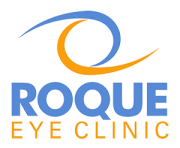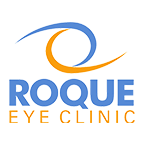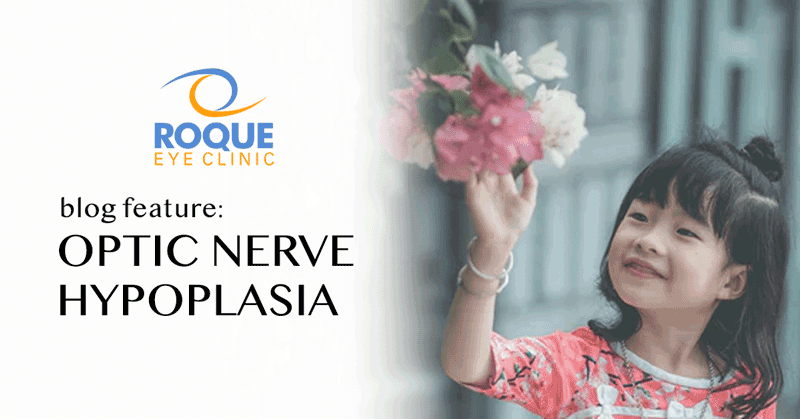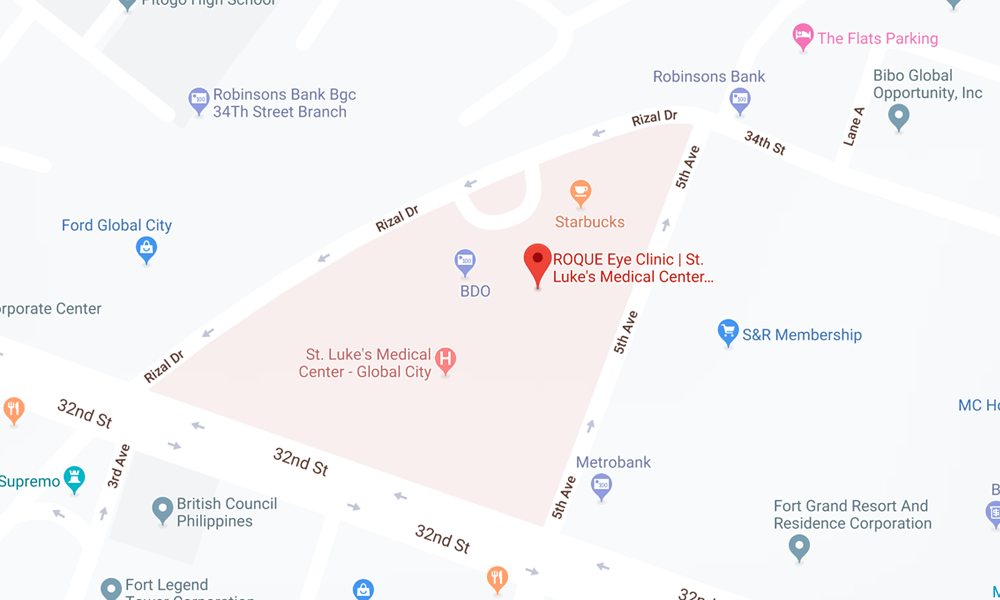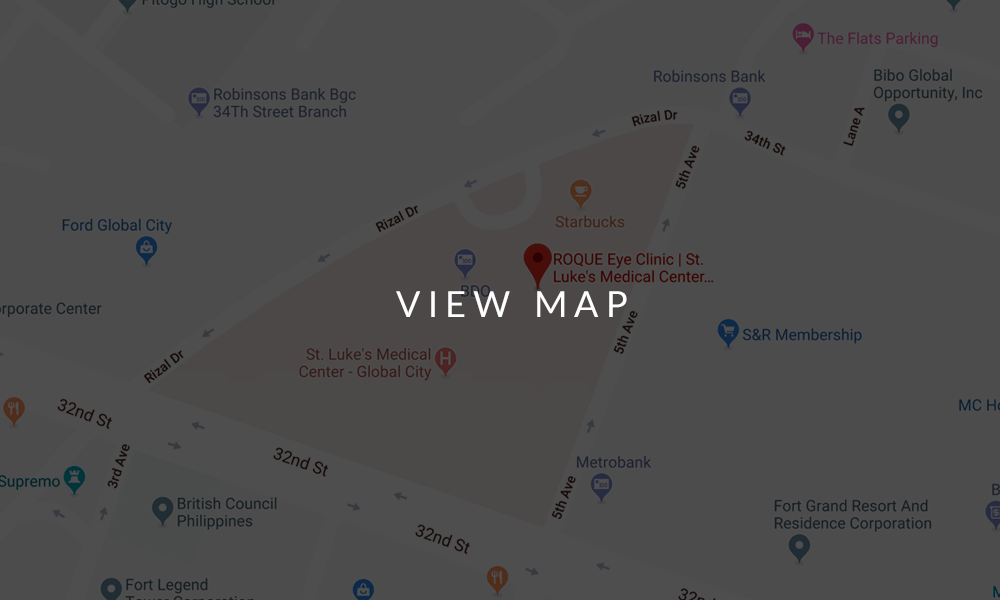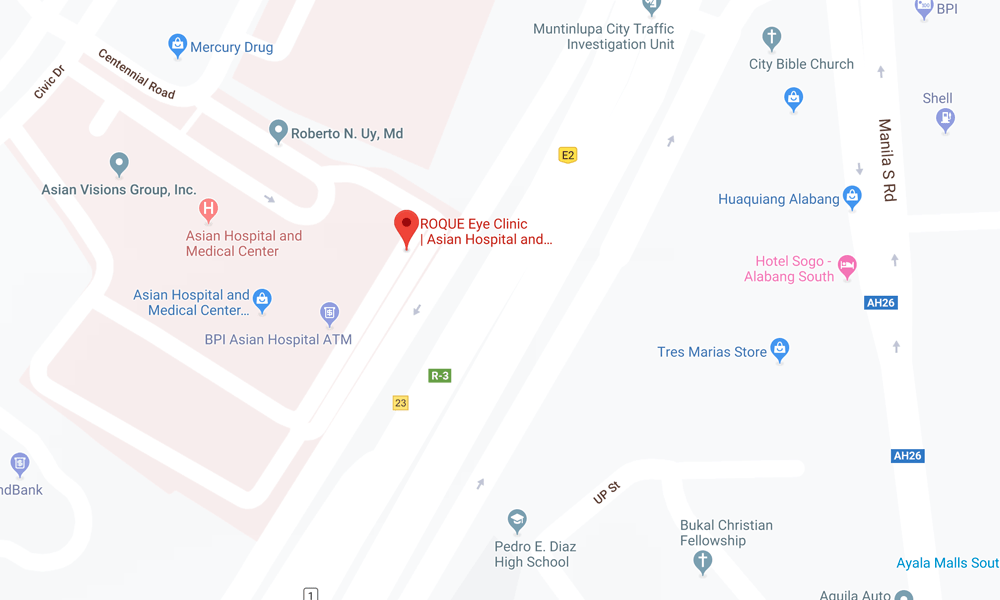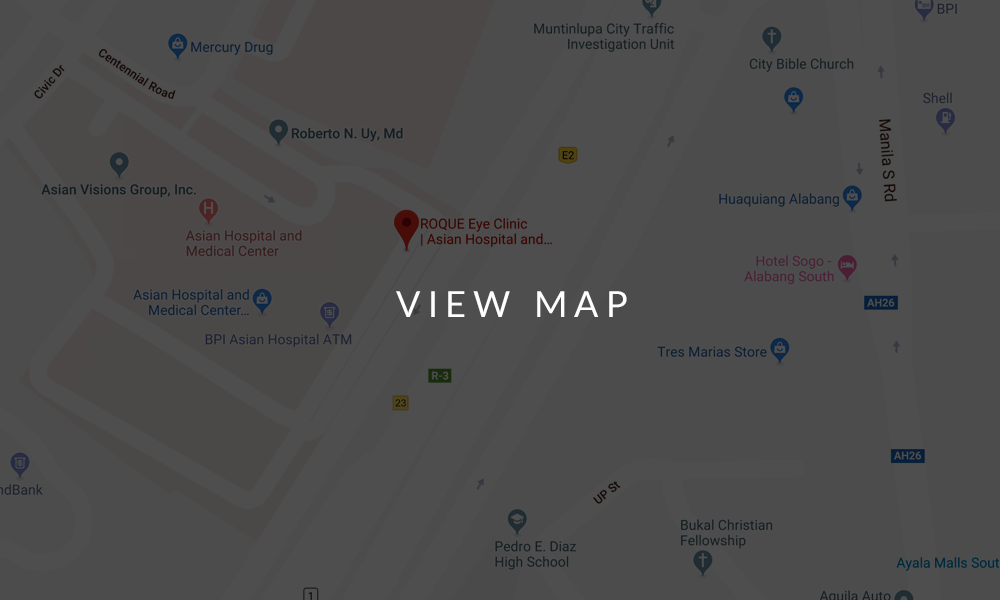OPTIC NERVE HYPOPLASIA FAQ
FAQ
Optic nerve hypoplasia is the most common optic disc anomaly. It is due to a supranormal regression of the optic nerve axons that starts before birth. It is non-progressive and may affect one or both optic discs. The spectrum of its clinical presentation is broad. Most bilateral cases will present with ophthalmic abnormalities such as poor vision and wobbly eyes (nystagmus). Unilateral cases present with strabismus because the affected eye tends to drift. Others would present with neurologic deficits or endocrine dysfunction. Although it may be sporadic, several teratogens have been implicated, including phenytoin, quinine, LSD, phencyclidine, alcohol, intrauterine infection, cytomegalovirus, maternal diabetes.
The gold standard for its diagnosis is thru indirect ophthalmoscopy. The optic disc appears small and is surrounded by a ring of hypopigmentation, constituting the “double ring sign” that is the hallmark of this condition. Neuroimaging is recommended, particularly MRI, to document the presence of associated abnormalities in the brain. The presence of these abnormalities may aid in identifying patients that are more prone to hormonal imbalance. These children should be co-managed by a pediatrician once identified.
The visual potential is determined by the integrity of the central retinal axons and does not necessarily correlate with the size of the optic disc.
Optic nerve hypoplasia, particularly the bilateral form, is associated with multiple brain malformations, including absence of the septum pellucidum, hypoplasia or agenesis of the corpus callosum, dysplasia of the anterior third ventricle, and anomalies of the hypothalamic-pituitary axis. Adrenal crisis and hypopituitarism may lead to sudden death.
The endocrine abnormalities associated with optic nerve hypoplasia are treatable, and an endocrine work-up, including provocative tests, should be obtained. Patients with optic nerve hypoplasia and hypopituitarism may require supplemental corticoteroids during times of stress. However, there is no specific treatment for the optic nerve anomaly.
References:
- Birkebaek et al. Optic nerve size evaluated by magnetic resonance imaging in children with optic nerve hypoplasia, multiple pituitary hormone deficiency, isolated growth hormone deficiency, and idiopathic short stature. J Pediatr; October 2004; 145: 536-541.
- Birkebaek et al. Endocrine status in patients with optic nerve hypoplasia: relationship to midline central nervous system abnormalities and appearance of the hypothalamic-pituitary axis on magnetic resonance imaging. J Clin Endocrinol Metab; November 2003; 88: 5281-5286.
BOOK AN APPOINTMENT
It takes less than 5 minutes to complete your online booking. Alternatively, you may call our BGC Clinic, or our Alabang Clinic for assistance.
OUR SPECIALIST
DR. BARBARA ROQUE
MD, DPBO, FPAO, FPCS
Dr. Barbara Roque is a specialist in pediatric ophthalmology, adult strabismus, and ophthalmic genetics. Her private practice began in 2006, after her post-graduate fellowship training at The Children’s Hospital in Westmead, University of Sydney System, Australia. Her patients are mostly children with ocular disease, refractive errors, cataracts, and eye misalignment.
OUR CLINICS
BGC CLINIC
- ST. LUKE'S MEDICAL CENTER GLOBAL CITY
2/F Medical Arts Building 217
Rizal Drive corner 5th Avenue
Bonifacio Global City, Taguig 1634
Philippines
SLMC CLINIC HOURS
- 9am - 12pm
Appointments only
ALABANG CLINIC
- ASIAN HOSPITAL AND MEDICAL CENTER
5/F Medical Office Building 509
2205 Civic Drive, Filinvest City
Alabang, Muntinlupa 1781
Philippines
AHMC CLINIC HOURS
- 1pm - 4pm
Appointments only
BOOK AN APPOINTMENT
It takes less than 5 minutes to complete your online booking. Alternatively, you may call our BGC Clinic, or our Alabang Clinic for assistance.
